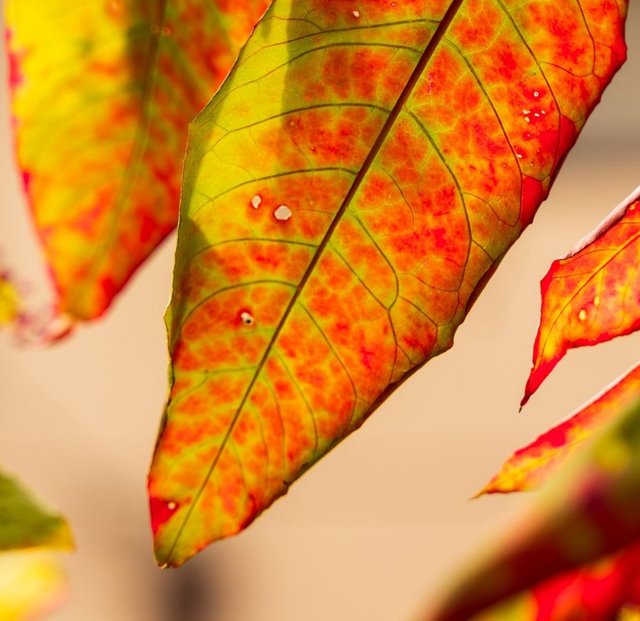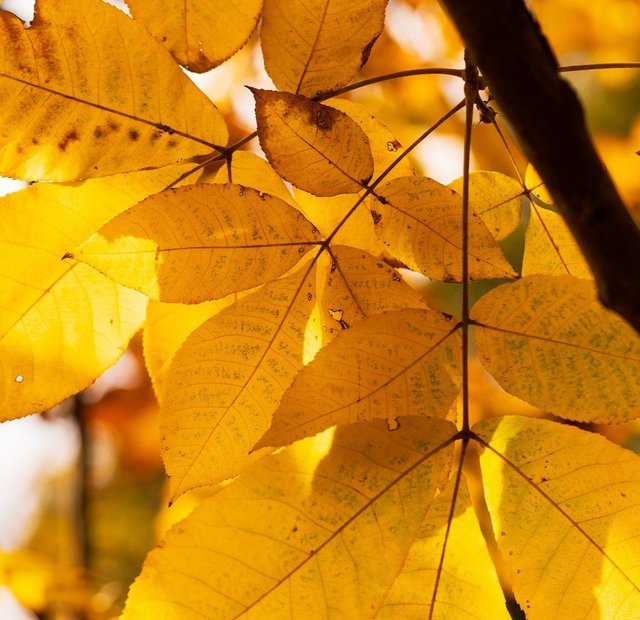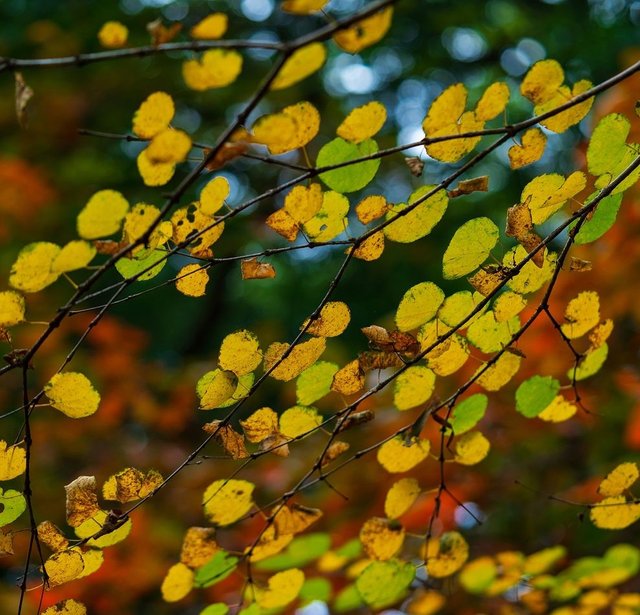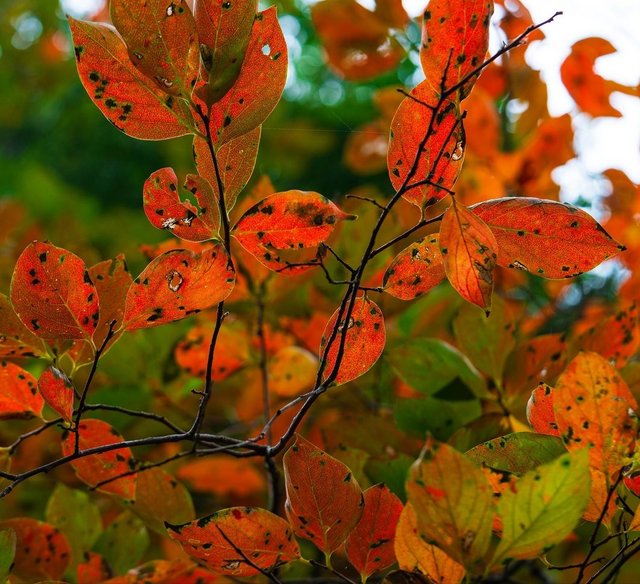Metasequoia glyptostroboides,commonly known as the Dawn Redwood,is a remarkable and ancient tree species that has an intriguing history and unique characteristics.This deciduous conifer is a living fossil,and its story is a testament to the fascinating world of botanical discovery and conservation.Discovery and Fossil Record:Metasequoia glyptostroboides was thought to be extinct until its rediscovery in the mid-20th century.Fossils of this tree date back to the Mesozoic era,about 100 million years ago,but it disappeared from the fossil record around 5 million years ago.The living species was first identified in the 1940s when Chinese botanists came across a stand of unknown conifers in the Hubei province of China.
Distinctive Features:The Dawn Redwood is a deciduous conifer,which means it sheds its needles in the fall,unlike most conifers. It can grow to impressive heights,reaching up to 200 feet in its native habitat.The leaves are feathery and needle-like,arranged in opposite pairs along the branches,turning a beautiful rusty red before falling in the autumn.The trunk is straight and can become quite massive.
Habitat and Distribution:Metasequoia glyptostroboides is native to China,and it primarily grows in the Sichuan-Hubei region.It thrives in swampy and riparian environments,often near rivers and in wetlands.Due to its love for wet conditions,it has earned the nickname Water Fir.
Cultural Significance:The Dawn Redwood holds cultural significance in China,where it is considered a symbol of longevity and vitality.It has also become a popular ornamental tree worldwide for its aesthetic qualities.




